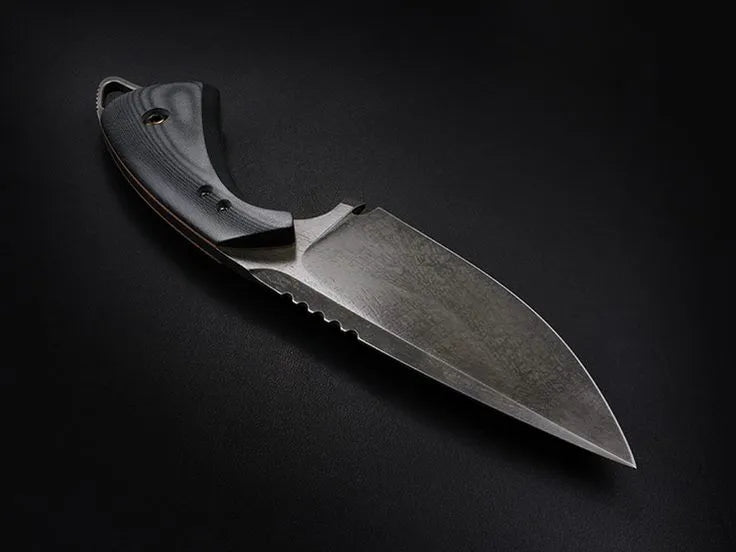
Safe Knife Handling Practices
Knives and relevant blades are vital tools in many industries besides using them in the kitchen. Even the slightest carelessness may lead to serious mishaps. Adopting safe knife handling practices is essential to maintain worker safety and averting mishaps.
Knives Hives presents the top 11 safe knife handling practices. These are equally important for home cooks and professional chefs.
Purpose of Safe Knife Handling
A sharp knife blade ensures effective usability. If mishandled, it can become harmful. Hand-held knives do not have protections or automatic shut-offs like mechanical cutting equipment.
Safe handling procedures must be followed to reduce hazards and provide a safe working environment.
Top 11 Safe Knife Handling Practices
Maintain Sharp Knives
A dull knife is more likely to slide and injure someone. It takes more power to cut. Knives that are regularly sharpened cut more smoothly and safely.
Wear Protective Gear
A cut-resistant glove on the non-dominant hand provides an additional line of defense against unintentional slips.
Check our Bowie knife collection now!
Point Blade Away from Your Body
The blade should always be pointed away from you. This prevents damage from self-harm if the knife slips.
Use the Suitable Knife for the Job
Different knives are needed for other activities. Using the incorrect knife can raise the chance of injury and make cutting challenging.
Work on a Stable Surface
Workers can be at risk if knives slip on unsteady cutting boards or shaky workstations. Ensure the cutting area is always secure.
Don’t Attempt to Catch a Falling Knife
You might feel compelled to pick up a dropping knife out of instinct. However, doing so can cause severe injuries. Instead, take a step back and let it fall securely.
Get the best skinner knife now!
Be Careful about the Blade
Paying attention to how the knife moves guarantees improved control during cutting and helps avoid unanticipated slippage.
Carry the Proper Knife
When carrying kitchen knife, hold them with the blade facing down or keep them in a sheath. This will prevent accidental cuts if you trip or run into someone.
Avoid Covering or Hiding Knives
A concealed knife is a serious risk. Knives should always be kept in well-lit areas to avoid unintentional injury.
Never Leave Knives in Soapy Water
An invisible danger is a knife immersed in soapy water in a sink. Knives should always be cleaned right away after use and stored correctly.
Keep Your Workspace Clean
Food scraps or spilled liquids might present sliding dangers, particularly in settings where knives are often used. However, accidents are less likely when the place is kept clean.
Train Yourself in Knife Safety
Whether you have been using kitchen knives for years, it is essential to master the skill of using them. Proper training is the core component of safe knife handling. You must know how to use equipment and methods for knife maintenance.
Regular participation in safety workshops (physical or online) and practical demonstrations lowers the likelihood of accidents. It also encourages proper knife usage in home or commercial kitchens.
Knowledge keeps evolving, so must your skillset. Invest your time and efforts in learning new safety regulations. Such best practices are equally beneficial for novice and experienced knife users.
Creating a culture of ongoing learning strengthens individual abilities and increases team dedication. Putting effort into training demonstrates a commitment to worker safety. It helps prevent accidents due to your overconfident attitude or outdated methods.
The Bottom Line
A secure workstation relies on safe knife handling practices. Implement these tips to safe yourselves and others. You can make the workplace safer and keep people around safe with these safety measures.
Get the best chef knife sets now!







